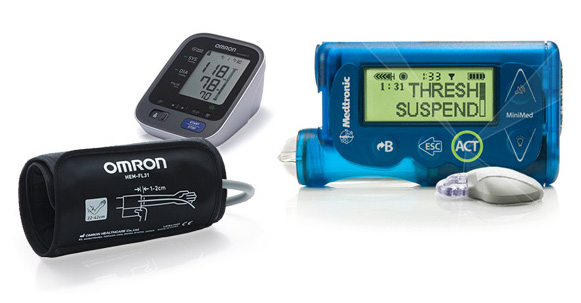Why we need better UI in patient-used medical devices

With patients increasingly treating themselves at home, often using specialist equipment, the chance of use errors increases, and the ensuing results can be deadly.
User Interfaces (UI) have a key role to play in reducing the risk of use errors in a patient-used device, writes David Furley of PDD. In fact, he says, “the benefits of a good UI go beyond reducing errors. People generally like using products that feel easy to use and creating a device that patients feel good about has the potential to improve their well-being, increase treatment adherence and better overall health.”
Unfortunately, UIs of patient-used devices available today are often lacking. Furley suggests the following simple design principles to improve the user experience:
– Speak in a language users will understand
– Reduce reliance on instructions
– Reduce cognitive load
– Reduce capacity for errors



